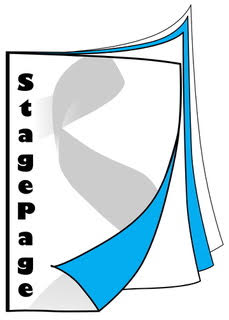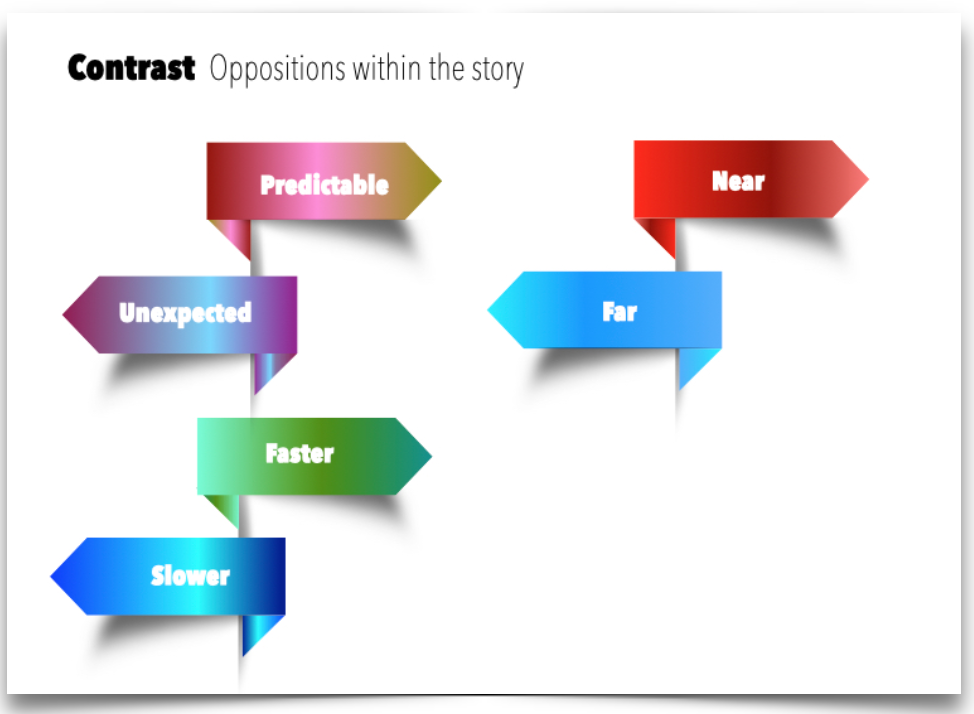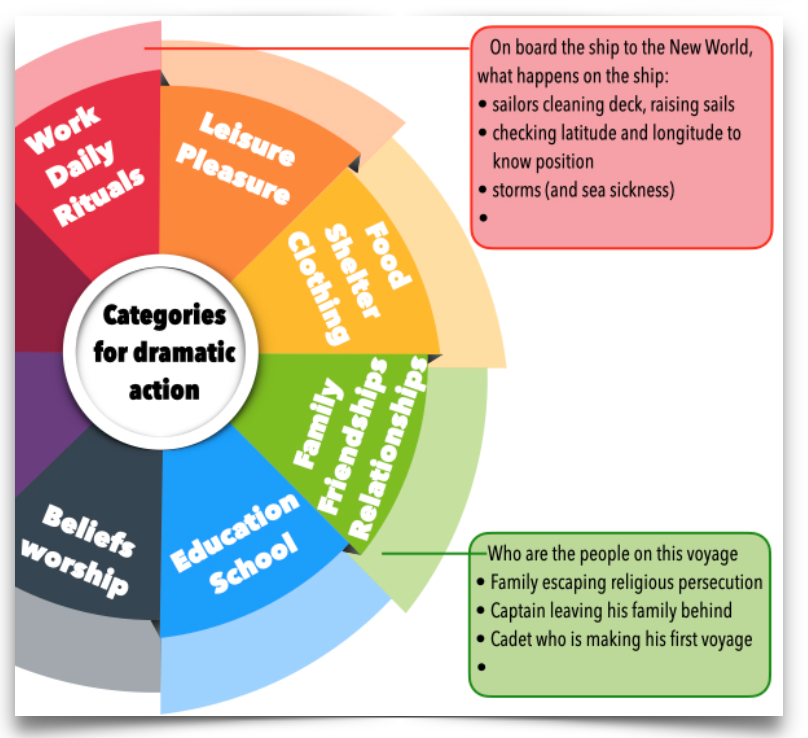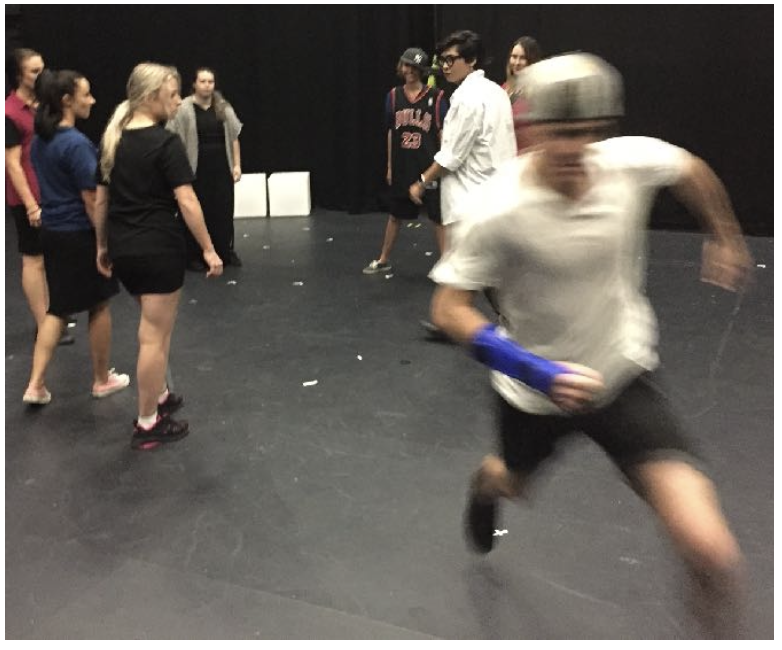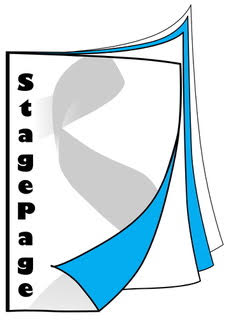Drama Thinking - Part 4
/In Parts 1, 2 and 3 we unpacked different Drama Thinking approaches to help open the story to drama planning. This post will develop further drama thinking approaches.
Contrasts and Oppositions
Stories work because there are moments of contrast – something that is strikingly different placed side by side in juxtaposition. In our drama work, we look for these contrast and moments of opposition because they generate dramatic tension
Look within the story to find contrasts or oppositions.
For example, look in the story for when there are sounds or silences. Look for parts of the story where there is movement or stillness.
In the journey of the ship there are moments when there is much activity and excitement. The ship is leaving harbour for the first time; the sails are being unfurled; the wind is carrying them forward on an adventure. There are many sounds to go with this part of the story.
By contrast there are also times of great boredom; perhaps the ship is becalmed and there is no wind blowing. The only sounds that can be heard are the quiet breathing of people waiting for some wind to stir and carry them forward.
Find parts of the story that are known or unknown. Look for moments of lightness or darkness.
In the story of the travellers to the New World for example there will be moments where the travellers are happy and light-hearted; maybe they have successfully reached a safe harbour or they have plenty of food. By contrast there will be times in their story when they are feeling dark threat or danger; maybe there is a storm or they have very little food or water.
There are parts of the story when the travellers know what to expect. But there are times when they are confused and face the unknown. Where they don’t know what to expect.
Look within the story to find other contrasts or oppositions.
For example, look in the story for when the action is predictable or when it is unexpected.
Look for parts of the story where there is action moves faster or when it moves slower.
Look for when the drama is near to you or far away.
In this series of posts I have been sharing with examples of Drama Thinking – processes of unpacking stories to use in drama.
Not all stories work for Drama. Not all stories are appropriate for your students. We take great care in choosing the stories we use. We need what are called generative stories. By that I mean stories that have potential to create drama moments.
Remember, the Drama Thinking processes are a step in moving from the story to your final, planned drama lesson. The Drama Thinking Processes enable you to identify pivot points around which you can construct your drama lesson using Drama Teaching and Learning Strategies.
Like the pieces of a jigsaw, the story, the Drama Thinking and the Strategies all fit together to provide the basis for you planning of your lesson step by step.
